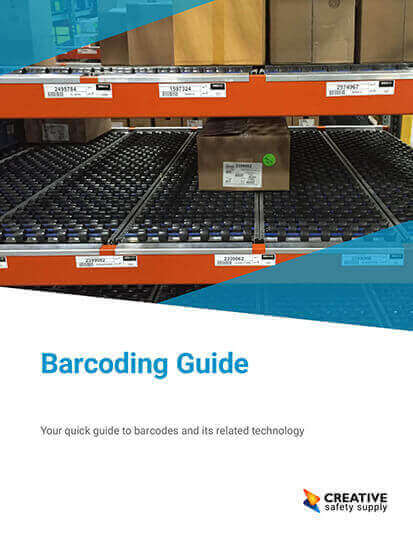
Inventory control and inventory management are often taken to be the same concept. However, while both methods work to be a part of the same goal, they operate on different scales in the inventory sector.
Inventory control is essentially managing stock as it comes in and goes out of a warehouse or other facility. It is primarily concerned with what is present, planning for sales, and optimizing inventory for maximum company benefit. This method also takes more of a methodical stance on maximizing profit on the least amount of inventory held within the facility. Other aspects that inventory control takes into account are:
- Demand forecasting
- Supply chain management
- Production control
- Purchasing data
- Loss prevention
- Flexibility with finances
On the other hand, inventory management is an overarching system that tracks inventory throughout the entire supply chain from beginning to end. It directly works with:
- Procurement
- Storage
- Profits
There are several different business models that a company can follow to help them along with their inventory control objective. Just-in-time inventory works to only order more inventory if it is needed. This helps avoid excess costs related to storage and purchasing unneeded material. Vendor managed inventory focuses on monitoring the inventory levels of customers to then be able to know when they need inventory delivered. Customer managed inventory is the last popular inventory management model that allows the customer to take control of their inventory from their suppliers. Each of these models gives the users more control over their inventory management practices, which in turn saves each party money and satisfies customers.
While both of these systems are very different from each other, they work together to create an efficient environment for the business’ production process. Not only that, but they also maximize the cost benefits that come with intensely regulating how much product they purchase in comparison to how much product they are able to sell.


